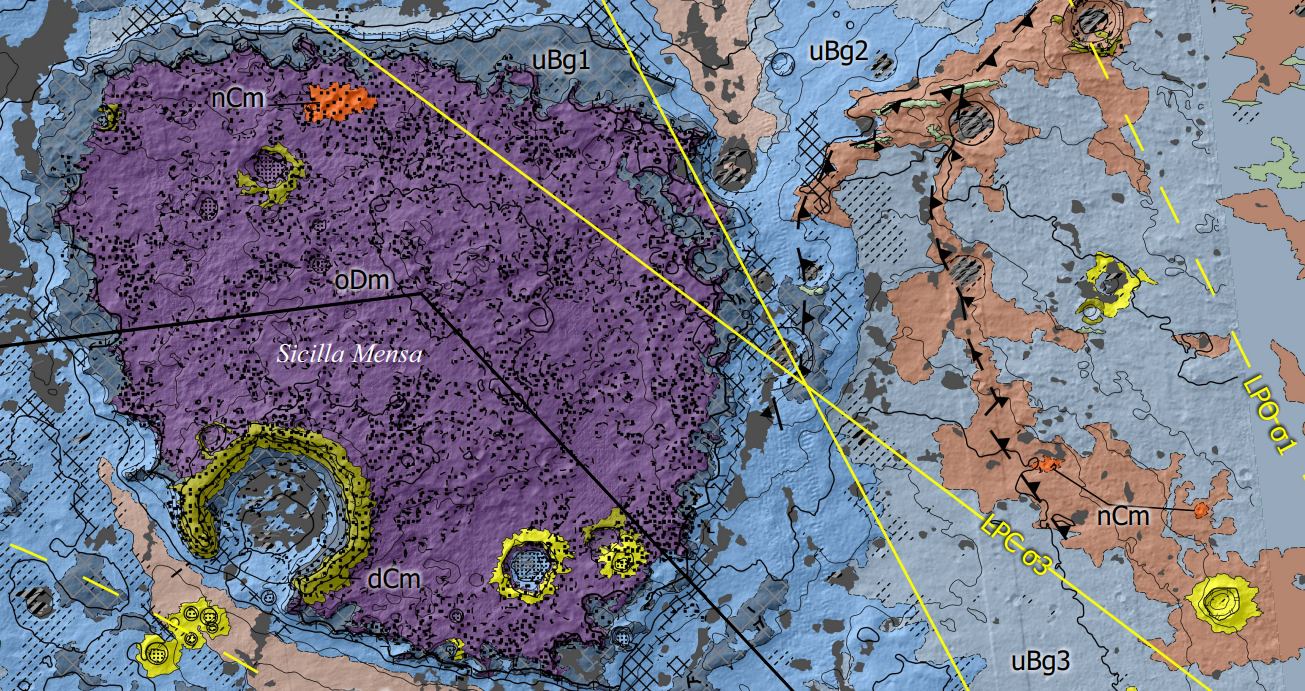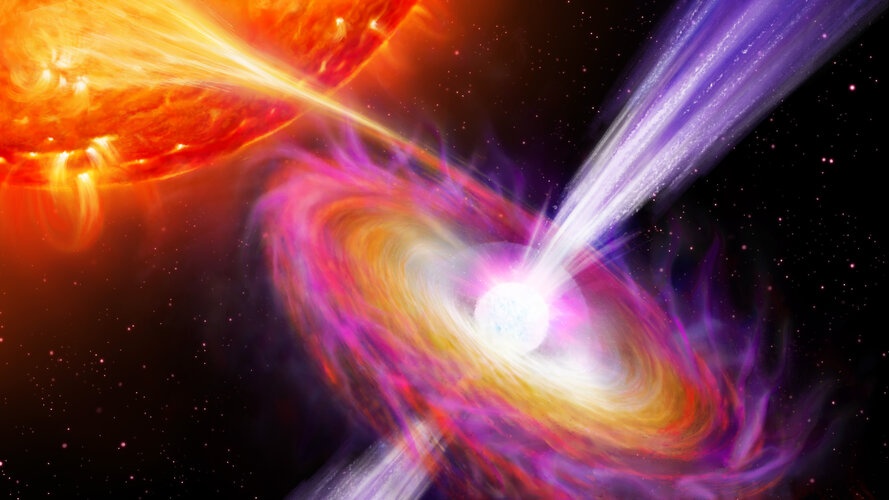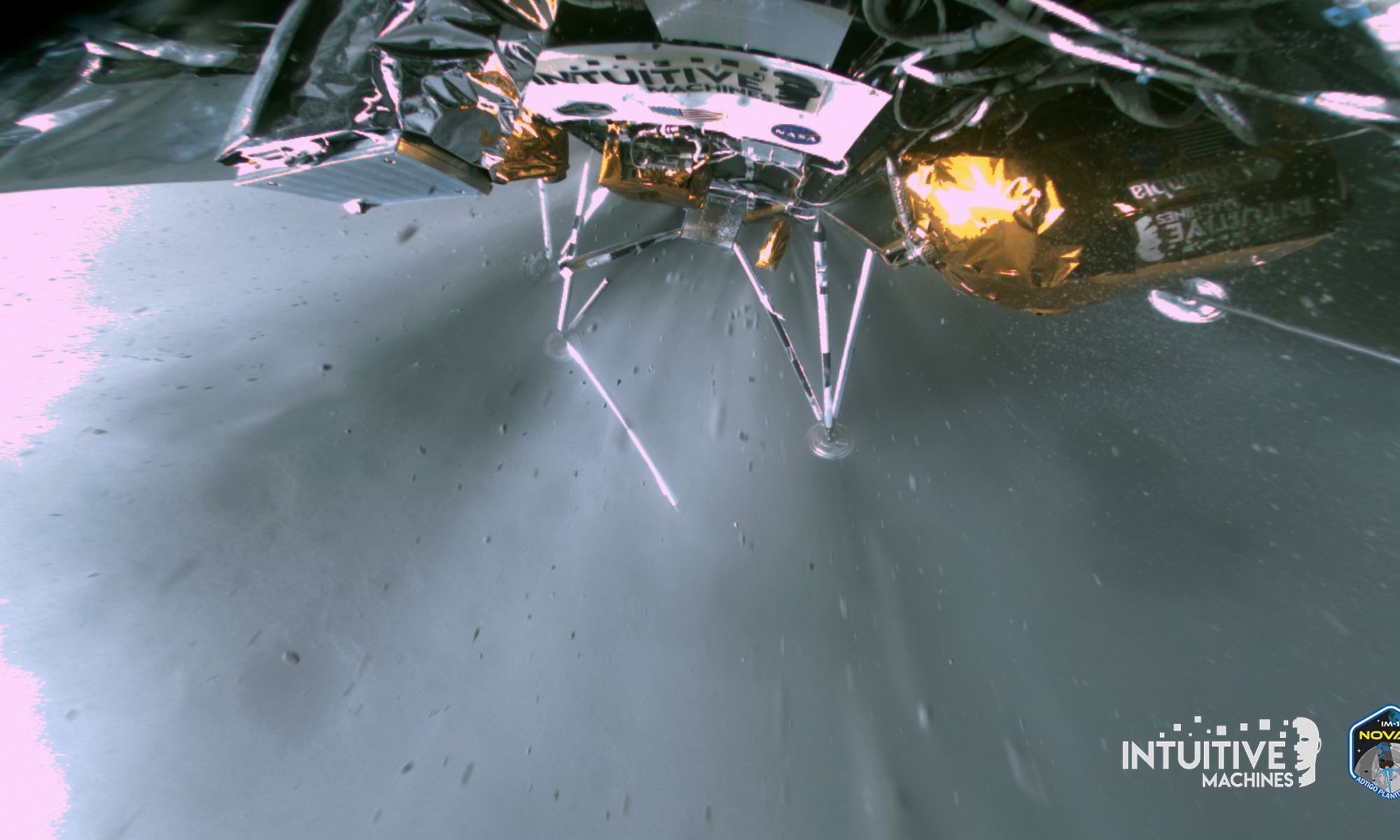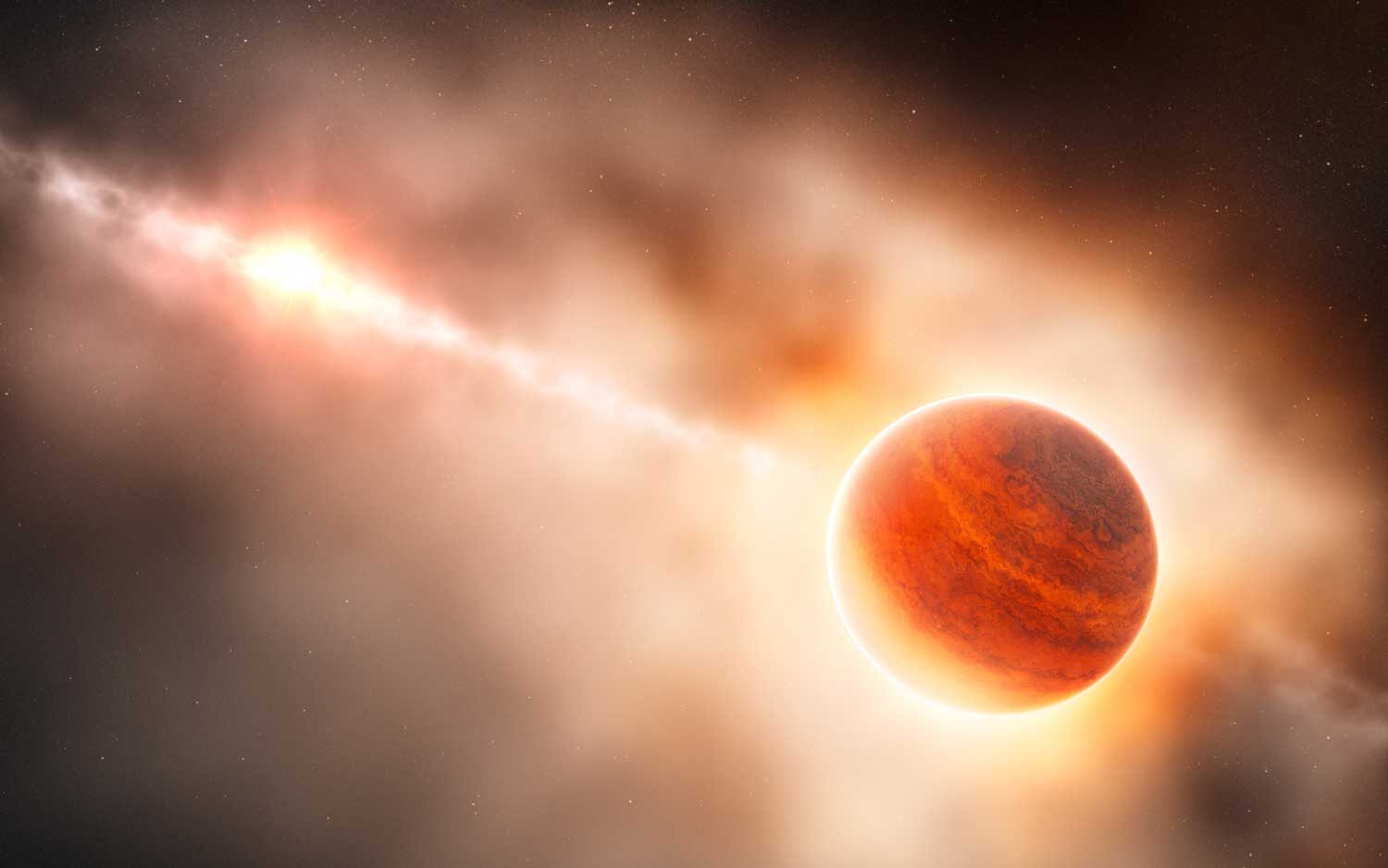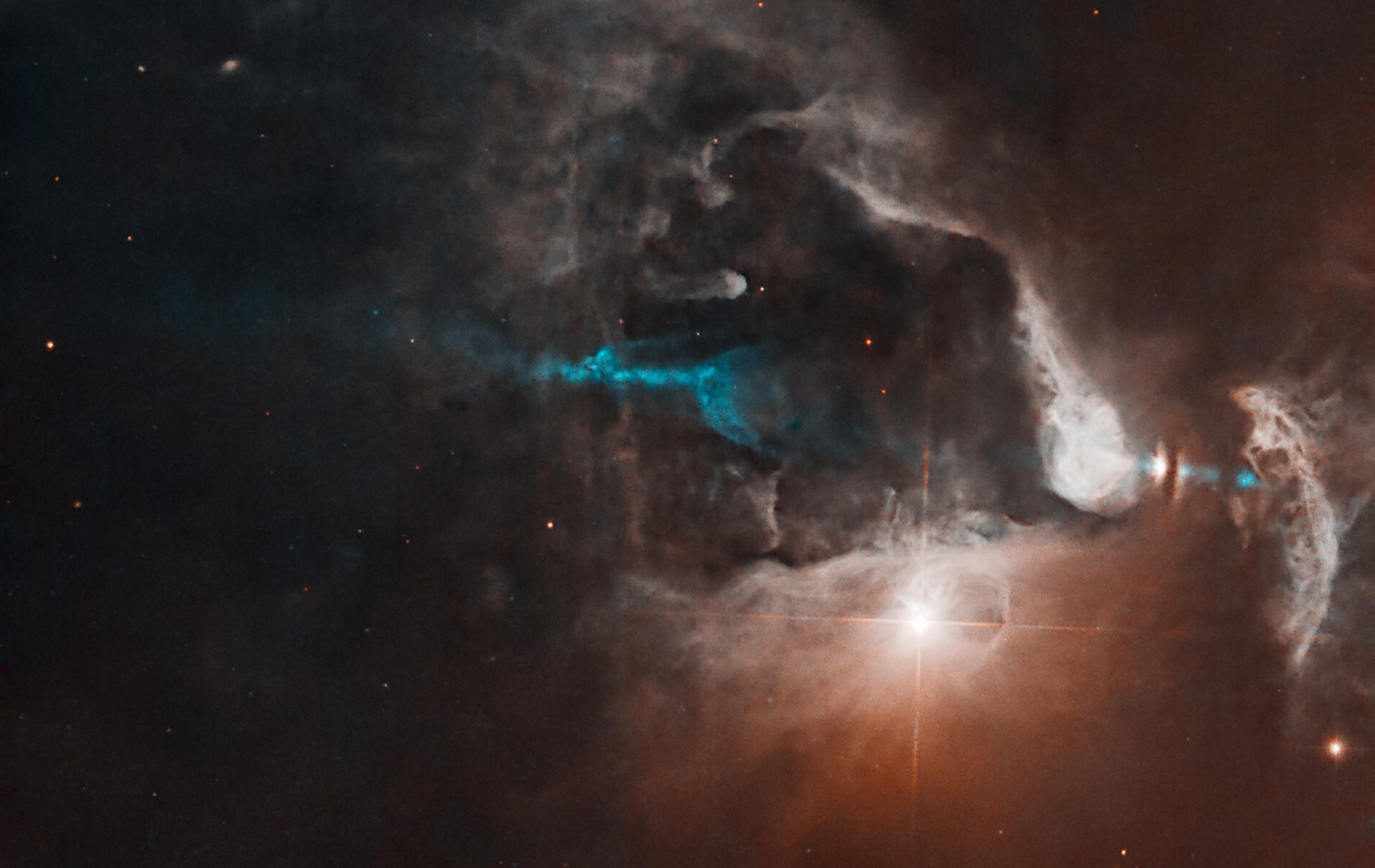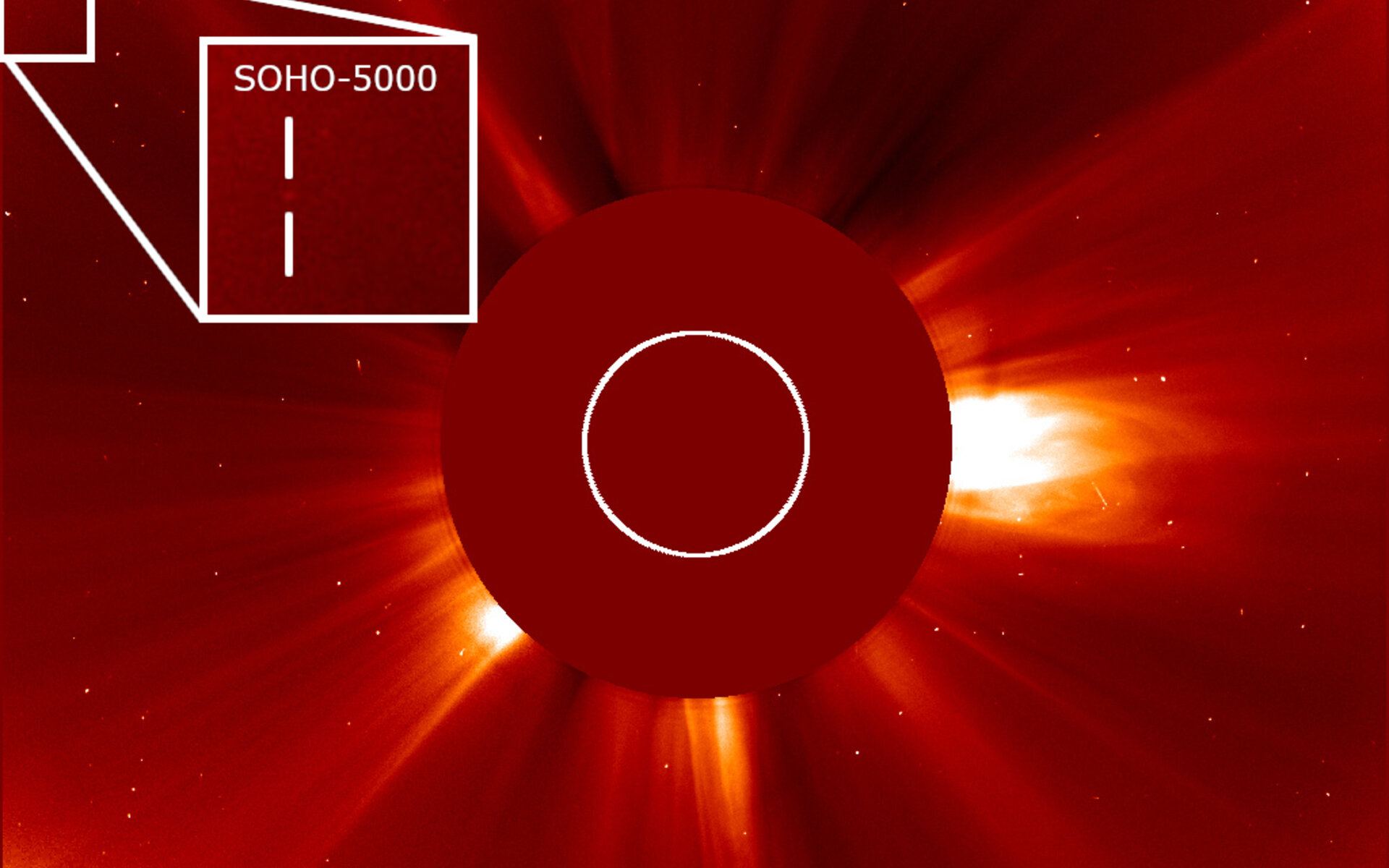The Search for Extraterrestrial Intelligence has been ongoing for decades at this point. Despite that, we have yet to find any rock-hard evidence of a signal from an alien civilization. When asked about this, experts point out just how little of the overall signal space we’ve analyzed. A signal could be coming from anywhere in the sky, at any frequency, and might not be continuous. Constraining the “search space” could help us find a signal faster, but what could we use to constrain it? It’s hard to think like an alien intelligence, let alone to mimic them.
Continue reading “Civilizations Could Time Their Communications Based on the Movement of a Single Star”Civilizations Could Time Their Communications Based on the Movement of a Single Star


